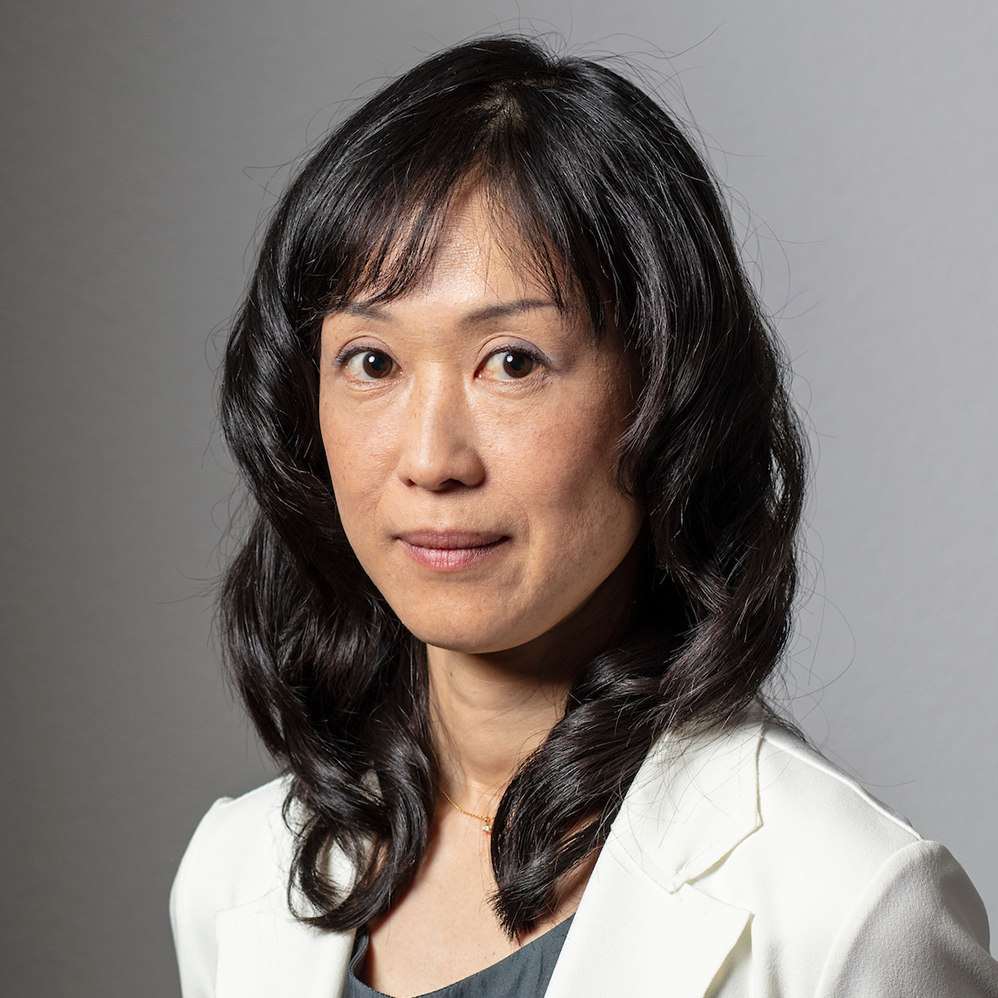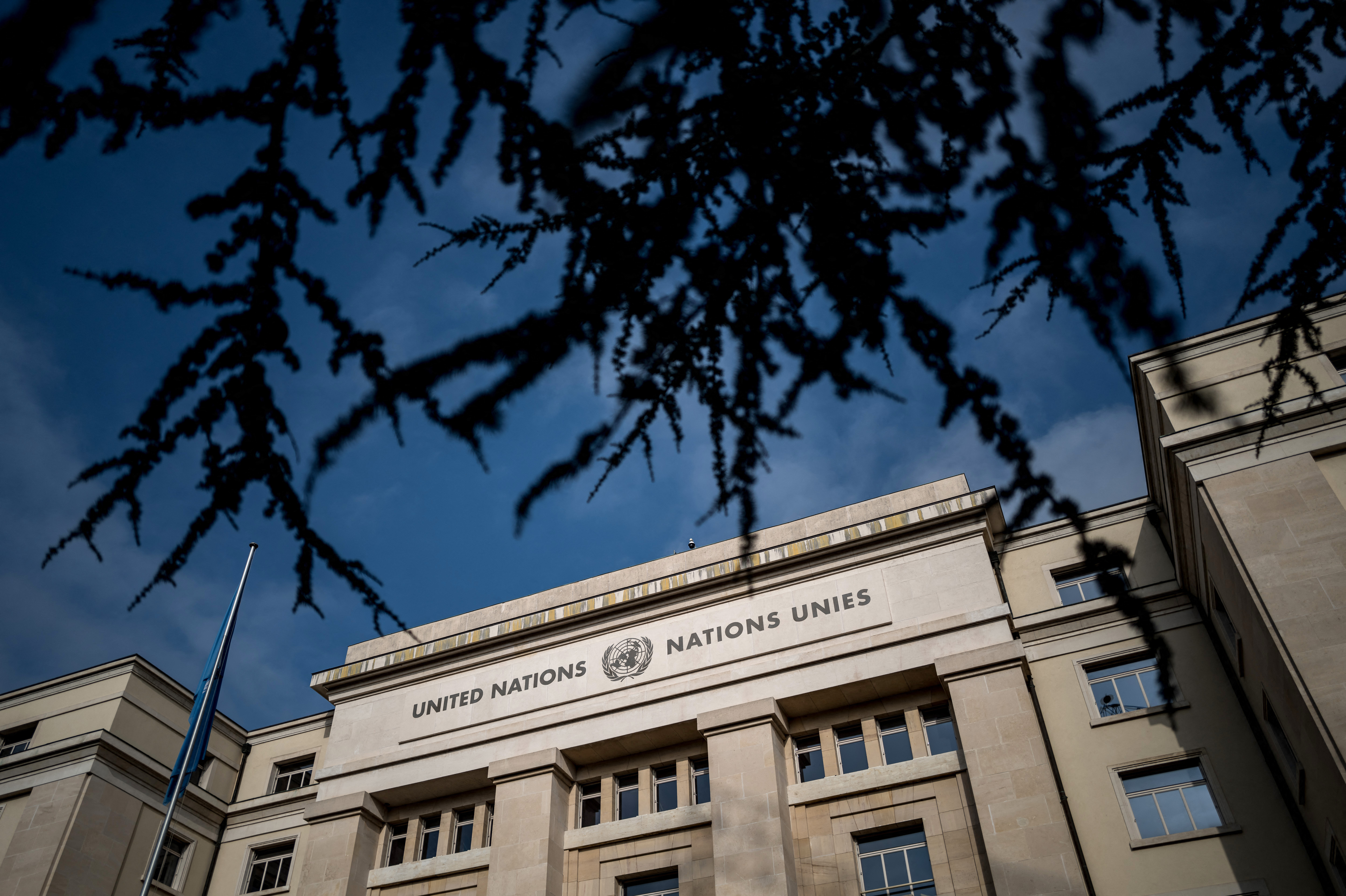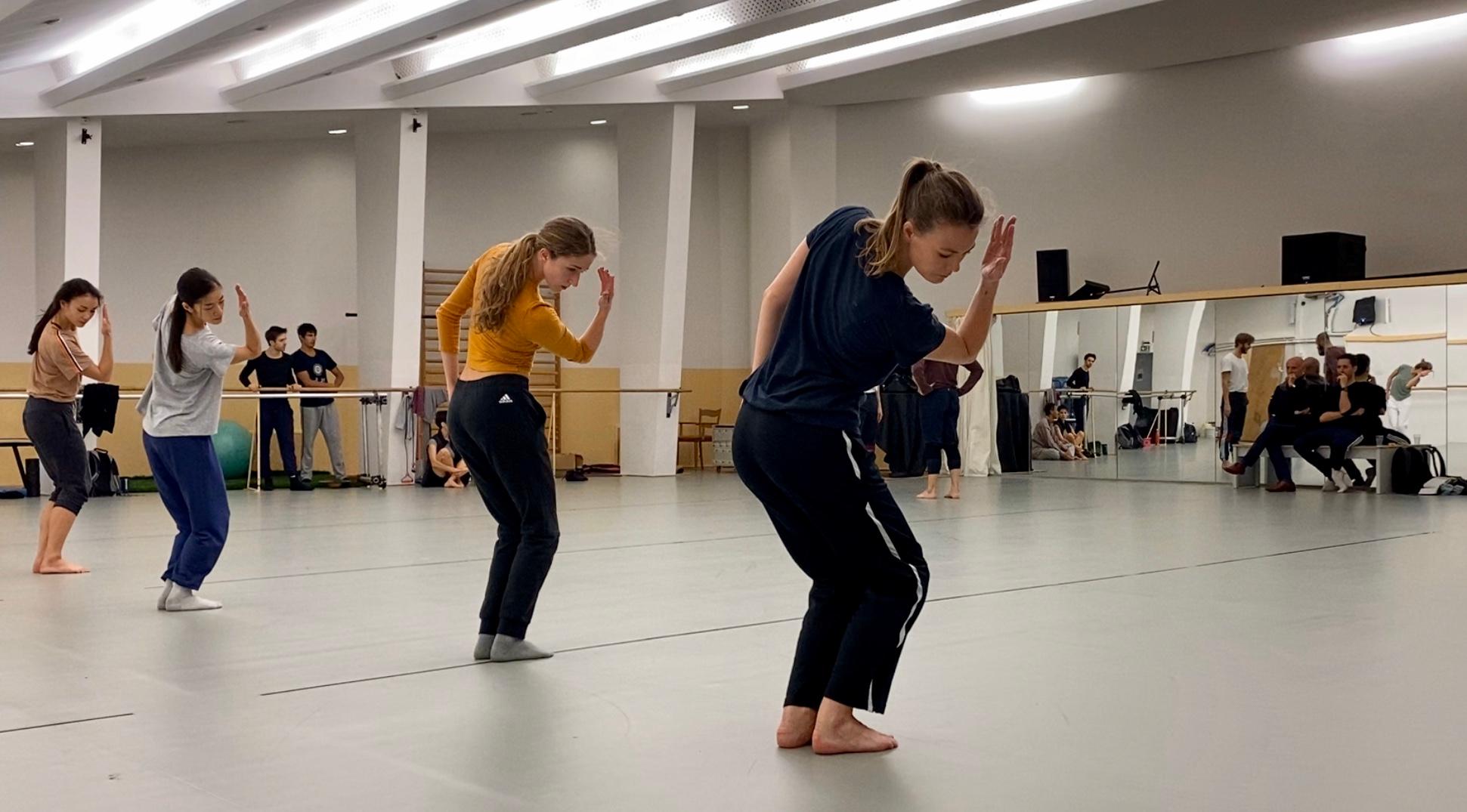The Prix de Lausanne at 50: from local event to global prestige

Half a century after its first edition, the Prix de Lausanne has grown to become a major event attracting young dancers from across the world.
Starting on January 29, the Théâtre de Beaulieu will become a hive of activity as the host venue of the eight-day Prix de Lausanne. Out of a total of 429 candidates from 39 countries, 87 talented dancers (aged 15 to 18) from 18 countries have qualified to take part. Almost half are from Asia; others come from as far afield as Latin America.
In its early days however, “the competition was ambitious, but quite local”, says Jean Pierre Pastori, a journalist, writer and dance historian from Lausanne who has reported on the prize since its beginnings. Philippe Braunschweig, the founder and director of the Fondation en faveur de l’art chorégraphique (Foundation for Choreographic Art), wanted the Prix de Lausanne to quickly become a global competition.
The first edition was held from January 19-21, 1973, with 50 students from eight western countries participating. Over half of the dancers were Swiss. At the time, the jury was made up of three dance teachers from Lausanne, and anyone between the ages of 15 and 19 could participate, without pre-selection. Only the finals were open to the public; ballet enthusiasts were not able to follow the whole competition as they do today.
In 1999 and 2006, radical changes were made to the selection process: contemporary dance solos were introduced while solo improvisations were scrapped. Video pre-selections were also introduced. The innovations have greatly improved the standard of the competition.
Career move
Unlike the ballet competitions in Varna (Bulgaria) and Moscow, the Prix de Lausanne is not intended for professionals but for dance students. The winners of the first edition were subsequently admitted to one of three schools: the Royal Ballet School in London, the Rosella Hightower centre in Cannes (France) or Maurice Béjart’s Mudra, at the time still based in Brussels. Today, the competition is linked to more than 30 partner schools around the world, and since 1999, winners have been able to go directly into an apprenticeship with a dance company.
Over the years, the competition also become more global as it began to attract more and more talented young dancers who had no chance of becoming professionals in their own countries, due to a lack of national funding or certification structure.
Lausanne also managed to launch the careers of star dancers such as Alessandra Ferri, Carlos Acosta, Diana Vishneva, Friedemann Vogel or Sergei Polunin.
Pastori has witnessed standards rise as the competition has become more professional. He says it has particularly benefited from the rapid generational turnover in ballet stars, whose careers are short.
Indeed, over 50 years, the dance world has seen two or three successive generations pass through. Dancers who took part in the competition have since become professionals and teachers, many of whom have returned to the Prix de Lausanne as coaches and jury members. This, too, has contributed to the competition’s high profile internationally.
Big in Japan
Since Naomi Yoshida won the sixth edition in 1978, the Prix de Lausanne has become a firm favourite with the Japanese public. In 1989, it was even held in Tokyo with Japanese judges, and the finals were broadcast by NHK, the Japanese public broadcaster. Unsurprisingly, many young Japanese talents participate each year. So far, 84 of them have won a prize.
But Lausanne is not just about making stars. It also gives talented young dancers the opportunity to further their training with grants to turn professional. “Some have gone on to become great international stars, but there are also many who haven’t necessarily become world famous but have had good careers. The Prix de Lausanne gave them a foot in the door,” Pastori says.
The Prix de Lausanne
The Lausanne International Ballet Competition started in 1973 with the aim of supporting talented young dancers aged between 15 and 18 in their professional careers. It’s one of the most prestigious competitions of its kind in the world and is considered a gateway to success. Young people who have a professional contract with a company or who have already worked professionally are not eligible to participate. The winners receive a scholarship to study for a year at a ballet school or in a company of their choice.
The 2023 prize will take place at the Théâtre de Beaulieu in Lausanne from January 29 to February 5, 2023. Participants will be coached in classical and contemporary solos for five days, before a maximum of 20 finalists will be selected on February 3, and the winners announced on February 4. The competition will end with a star-studded gala on Sunday, February 5, to be attended by Laura Fernandez, Mayara Magri, Antonio Casalinho and others.
Translated from French by Catherine Hickley/dos

In compliance with the JTI standards
More: SWI swissinfo.ch certified by the Journalism Trust Initiative












You can find an overview of ongoing debates with our journalists here . Please join us!
If you want to start a conversation about a topic raised in this article or want to report factual errors, email us at english@swissinfo.ch.